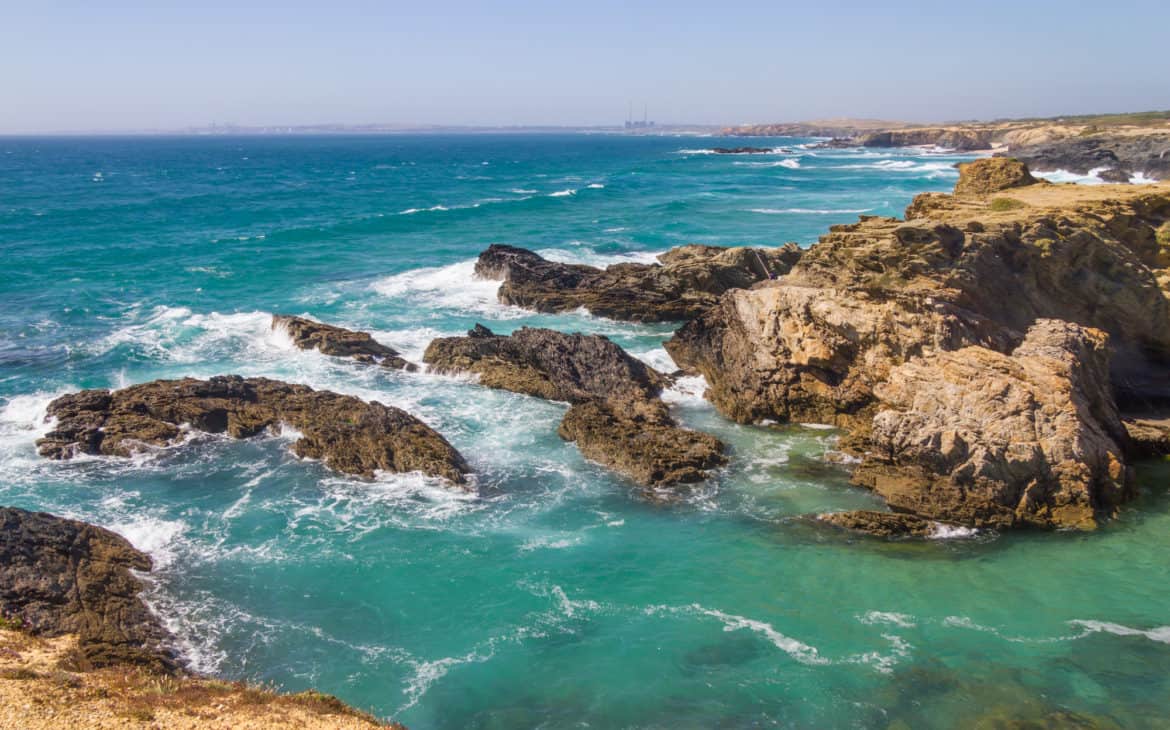The true atmosphere of a fishing village can only be found within the sparsely populated coastline. Small, colorful buildings, permeated with the smell of the sea breeze, fresh fish are the quintessence of a typical Portuguese town once engaged in ocean fishing. Currently, such places are a real attraction for tourists eager to experience a peaceful climate without the glitz and glamour of large and noisy resorts. Porto Covo, a settlement located almost two hundred kilometers south of Lisbon, fits perfectly into this scheme. It gets its name from the word “covo,” which roughly means a net for catching crabs and lobsters.
A walk through the colorful city
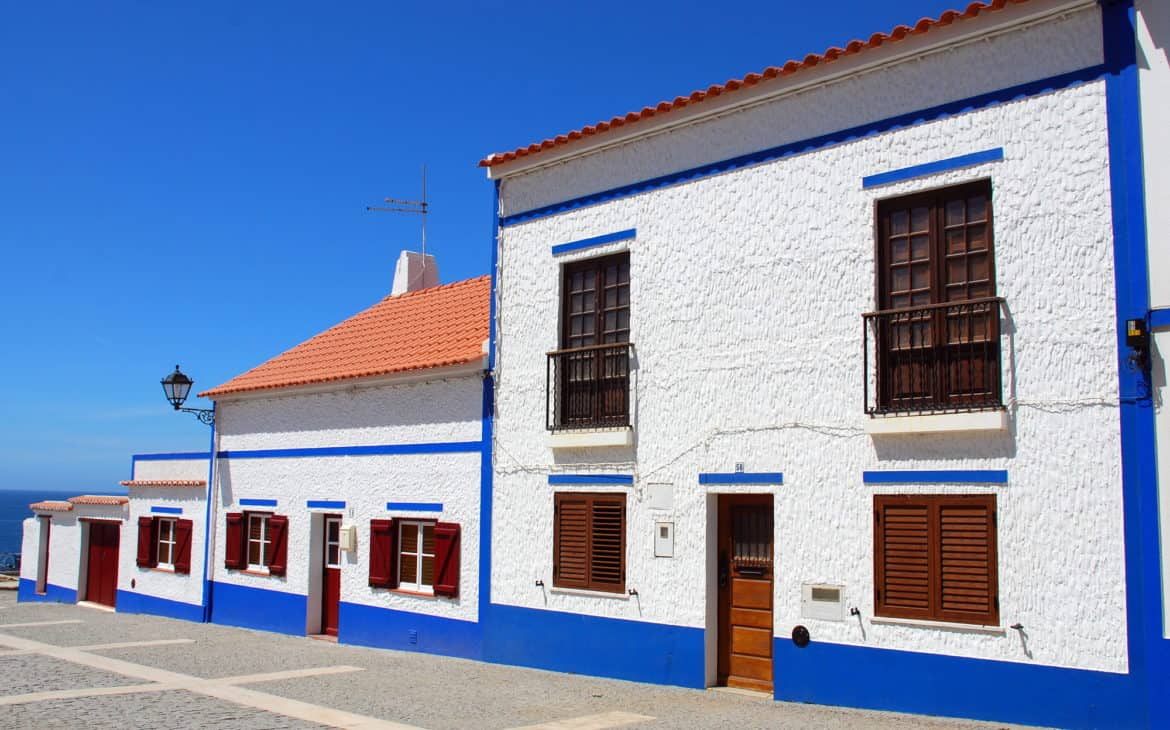

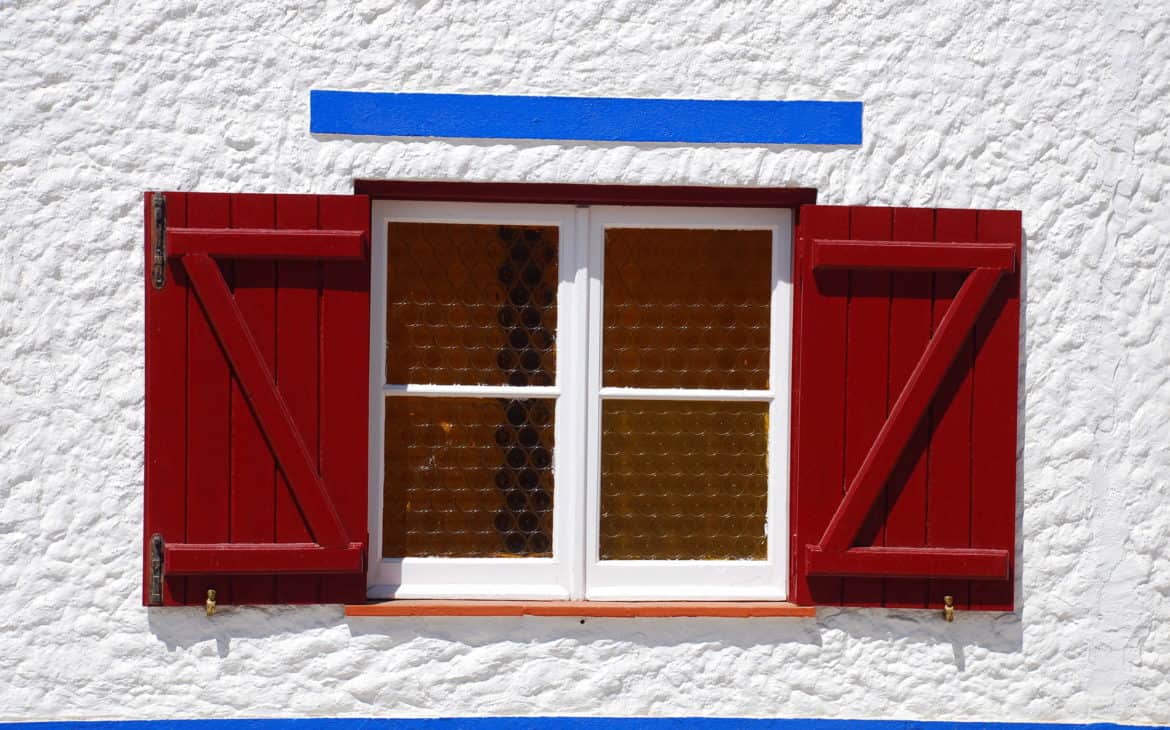

At the heart of Porto Covo is the cobblestone Praça Marquês de Pombal square, a nod to the great architect of Lisbon’s downtown grid layout. The space is enclosed by the white walls of tiny houses, most of them single-story. The bright colors, reflecting the sun’s rays, contrast with the deep red of the wooden doors and the deep blue of the ornaments around the doorframes and plinths. The vivid colors of the railings of cozy cafes encourage tourists to stop by for a sip of refreshing drinks while listening to the sounds of coastal life. Streets have been laid out from the market, allowing quick access to at least a few worthwhile attractions.
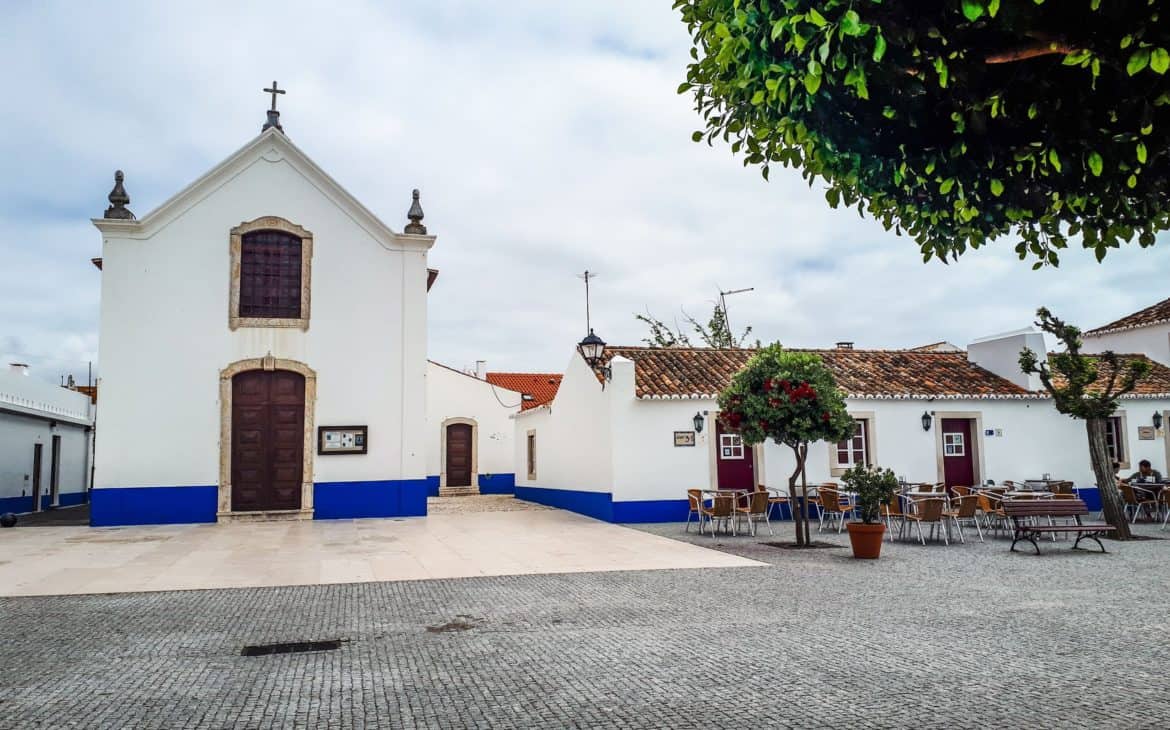
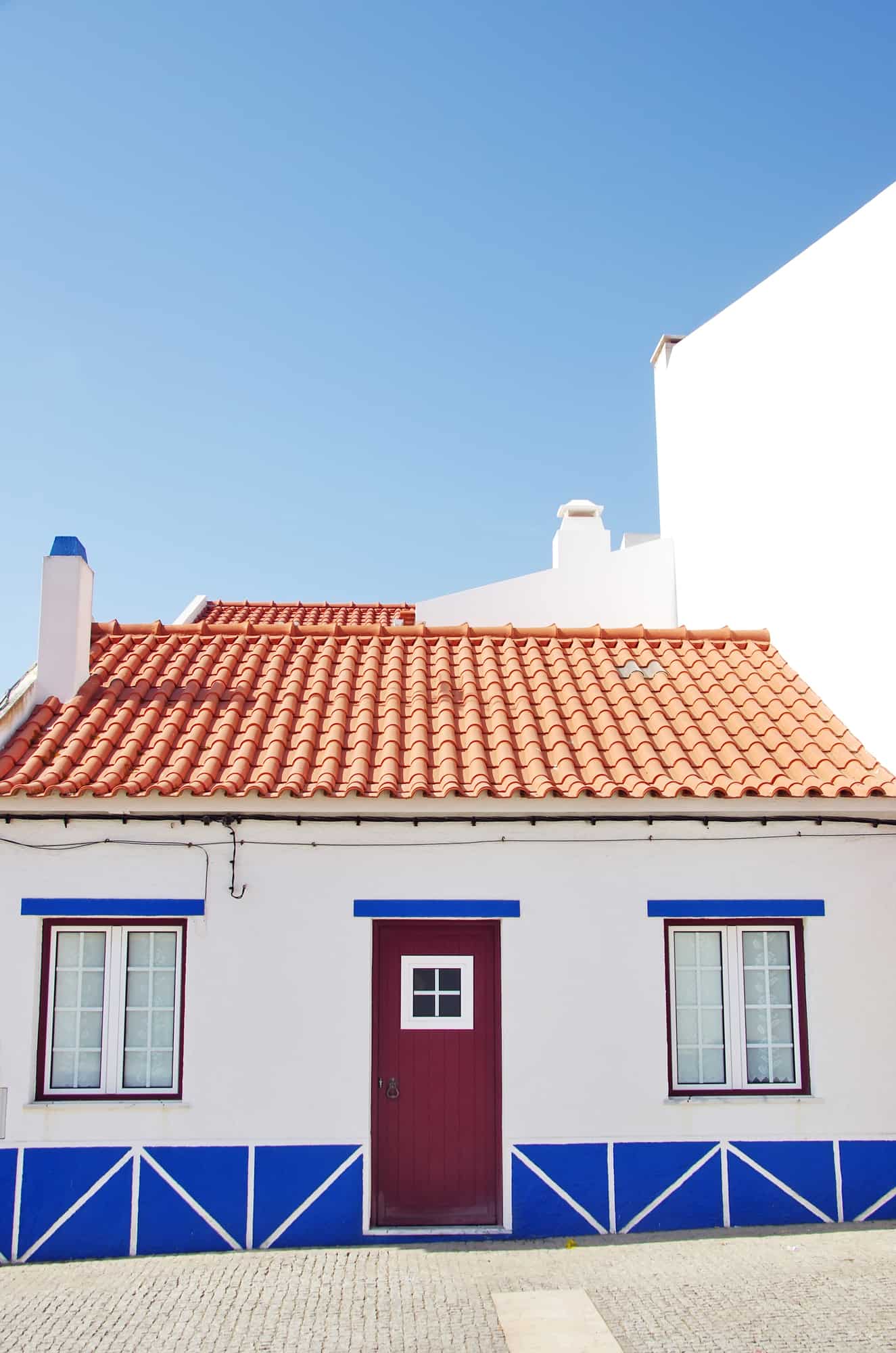
The first is a church in the corner of the frontage, surrounded by a lively green garden next to the parsonage. It was planned on an oblong plan, which was formed from a central nave and a narrower chancel, with a sacristy room on the side. The main facade faces north, and is marked by accented corners. The steep roof is crowned by a cross, visible from anywhere in the square. The portal of the church itself is something like an arched frame, topped by a large window with an ornate semicircular frame. The sides of the sacred monument are plain, with no doors or stained glass windows. Although from the outside it blends in perfectly with the village’s features, inside it surprises. The unique nave is covered with dark wood with a rare touch of gold in the form of precious foils. The whole harmonizes perfectly with the azulejos tiles on the volutes and walls of the chancel.

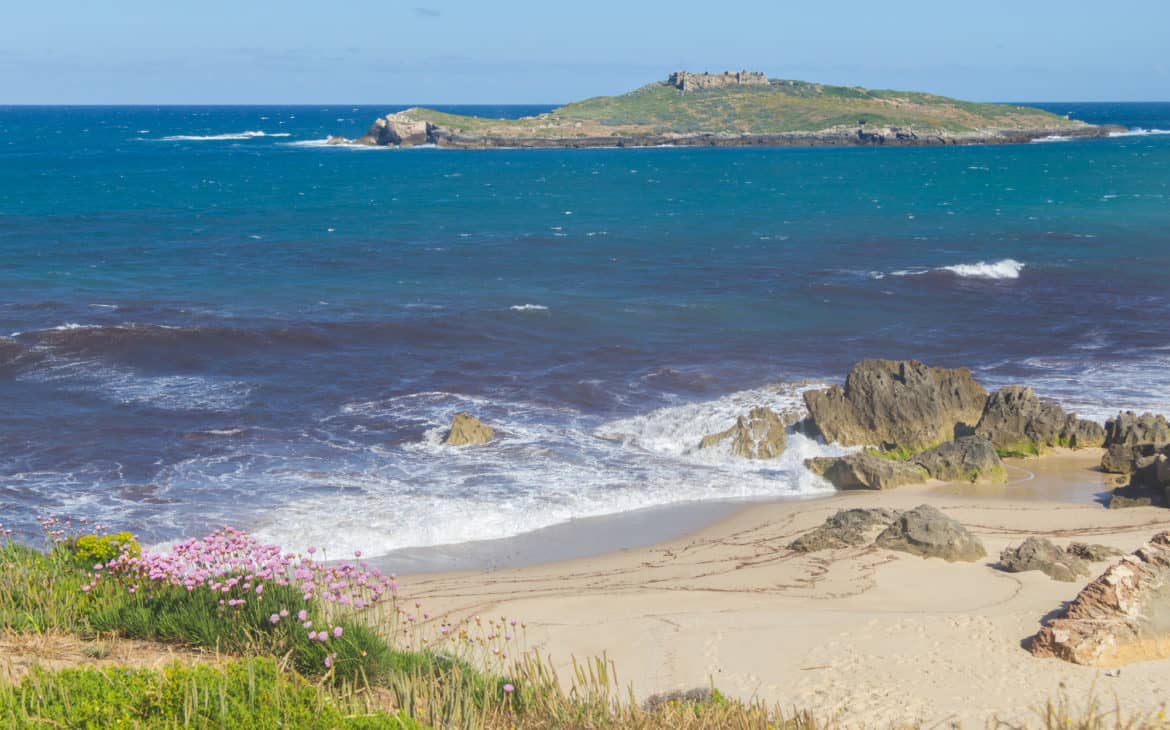
View of Pessagueiro Island
Walking towards the coast, tourists are sure to spot, shimmering in the red rays of the setting sun, the uninhabited island of Pessagueiro. The ruins of the 16th century defensive fort “Forte Ilha do Pessegueiro” can be spotted there. Both the piece of land and the monument are located opposite another point of fortification called “Forte do Pessegueiro”. The ruins themselves are preserved in the shape of a star, consisting of four symmetrical triangular ramparts and casemates in the central part of the site plan. At the other end of the main entrance is a hidden hermitage, devastated by the teeth of time, dedicated to the local patron saint Saint Albert, or Ermida de Santo Alberto.
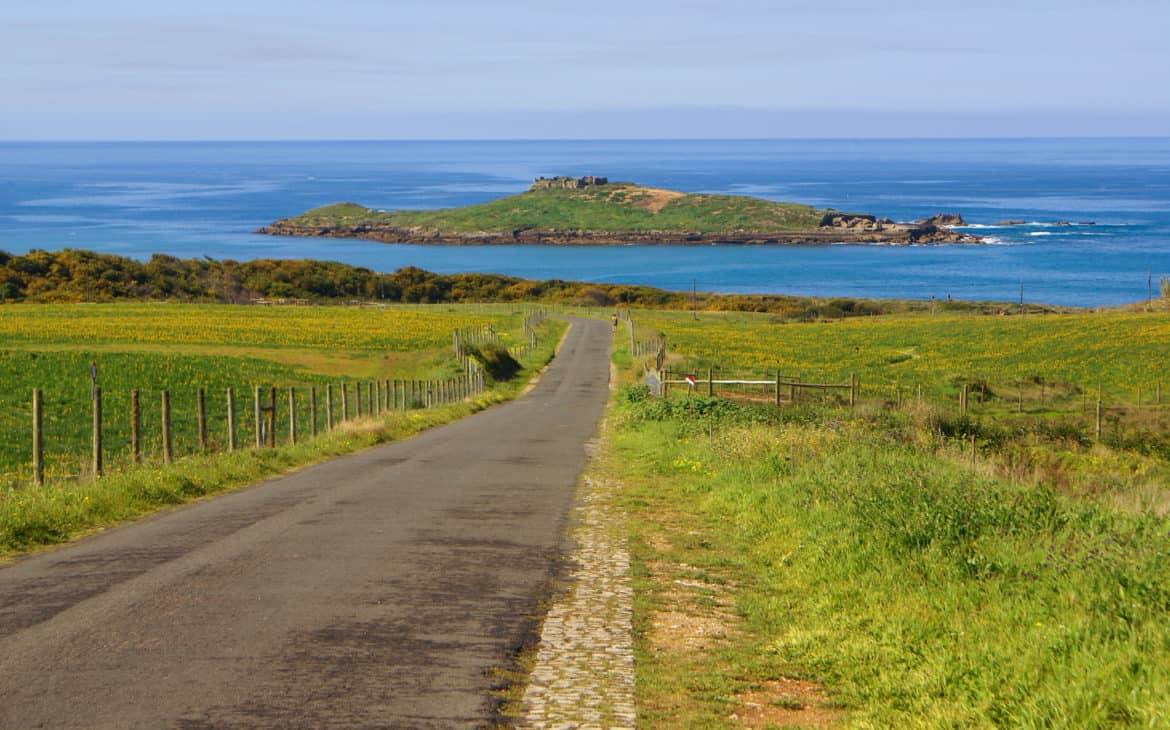

Beaches in Porto Covo

Praia Grande is the main beach of the small resort of Porto Covo in the Alentejo. The impression of isolated bathing, tranquility perfectly harmonizes with the rather lazy atmosphere of the nearby fishing village. It is here that the Atlantic Ocean appears particularly blue as well as clear. The restless surface often makes the waves directly suitable for surfing. The charm of the lack of tourists very often fades during the holiday season, when there are days on which it is often impossible to find a place to spread out a towel.

In addition to Praia Grande, Porto Covo is famous for its beautiful cliff-surrounded small beaches reminiscent of those to the south in the Algarve or in Odeceixe and Aljezur. Worthy of recommendation are Buizinho, Espingardeiro and Engardaceira. Due to their proximity to the city and size, they are sometimes very crowded in high season.
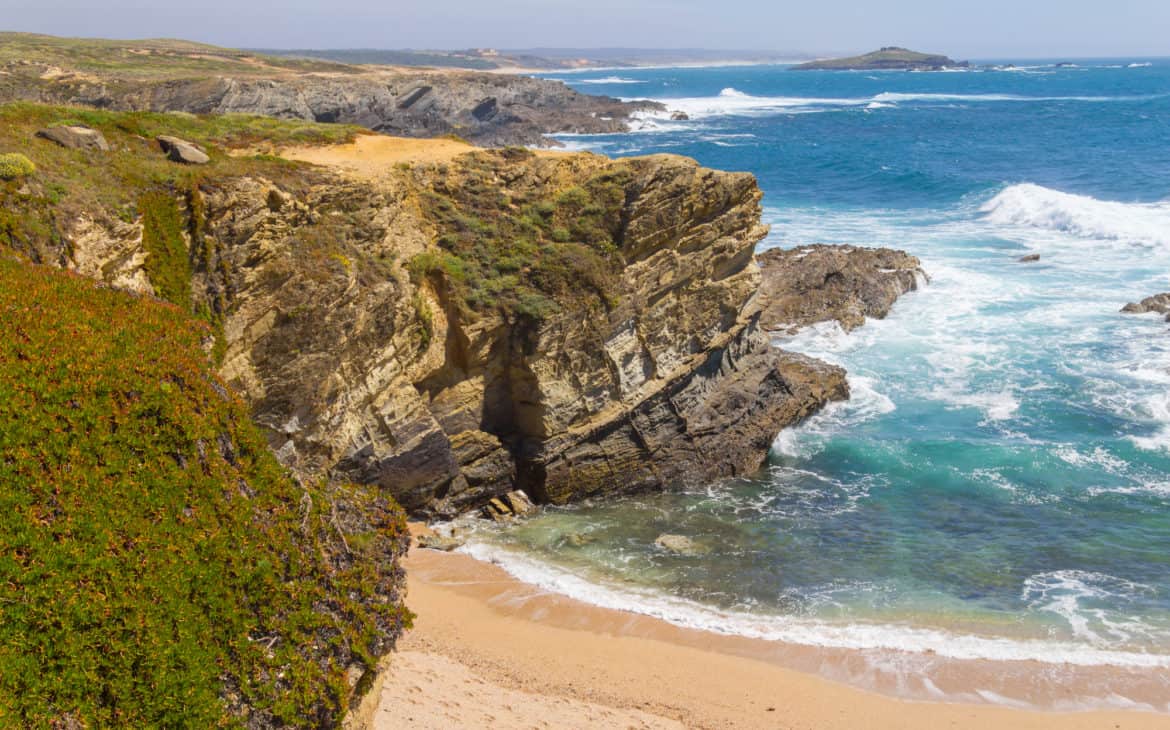
Buizinho Beach
History of Porto Covo

For many years Porto Covo was not an important place on the map of the Portuguese coast. Whether during the Carthaginian occupation, the invasion of peoples from the northern reaches of Europe, or finally the Moorish rule, the area of the bay off the island of Pessagueiro posed great navigational difficulties. Strong tides, frequent storms and rocks invisible from the ocean depths only made travelers and merchants fearful of docking at the regional cargo port.
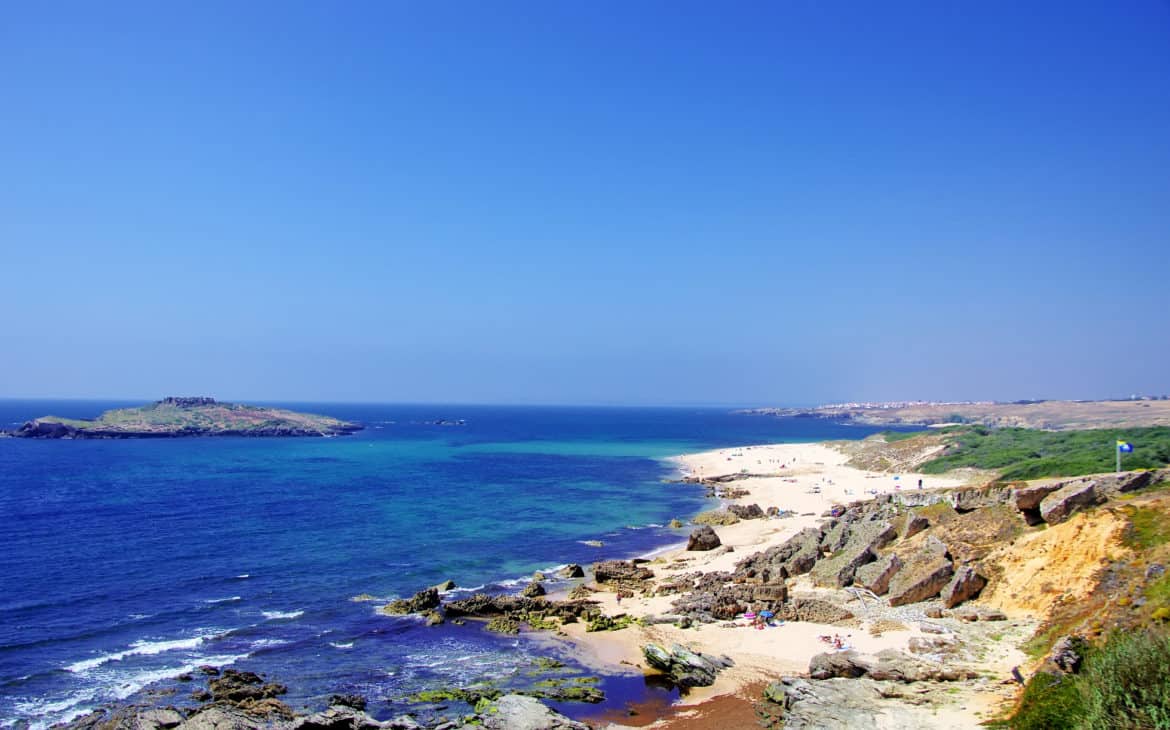
The area only began to play an important role after the arrival of capitalist Jacinto Fernandes Bandeira, a capitalist member of the merchant class, in the late 18th century. He was born on April 28, 1745, to acquire numerous titles, as well as acquaintances at the royal court after only four decades. Among other things, he obtained the right to invest in the coast, earning him the courtesy title of Senhor de Porto Covo. The nobleman was very involved in promoting fishing, tourism and planning logistics infrastructure investments.

He eventually realized his project to establish a permanent settlement in Porto Covo. Hopes for continued development of the town were squandered by Jacinto’s family, who cared for the property entrusted to them after the donor’s death in a disorganized manner, squandering assets and the relative’s money. In the end, the marina never gained economic importance, and today it is a kind of charming open-air museum, showcasing seaside 18th-century buildings.

